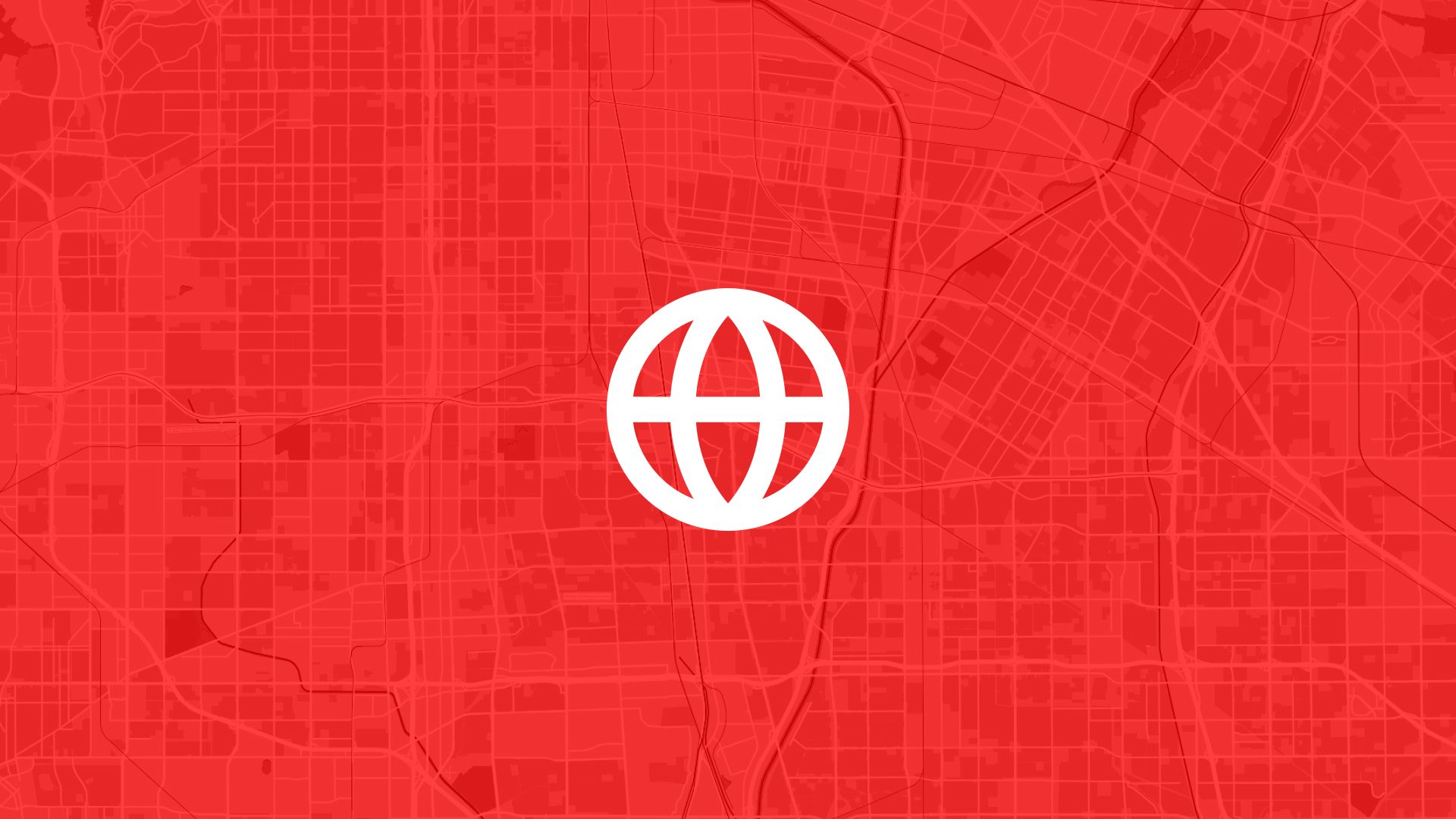Cloud-based mapping software has revolutionized how teams work with geospatial data. Gone are the days of installing hefty software on individual machines and struggling with endless file version conflicts.
Today, collaborative teams can use lightweight, browser-based tools to create, edit, and analyze maps in real-time.
Here’s how cloud-based mapping software benefits collaborative teams and why it’s quickly becoming the standard for geospatial work.
Accessibility Anywhere, Anytime
One of the biggest advantages of cloud-based software is accessibility. Team members can access maps from any device with an internet connection. Whether in the office, working remotely, or on-site, everyone has the same tools at their fingertips.
Key Points:
- No need for expensive, high-performance devices.
- Maps are always synced and up-to-date.
- Team members can contribute from anywhere.
For teams spread across different locations, this is a game-changer.
Real-Time Collaboration
Traditional GIS workflows often involve emailing files back and forth. This leads to version conflicts, lost edits, and frustration. Cloud-based mapping software eliminates this by enabling real-time collaboration.
With platforms like Atlas, multiple users can edit maps simultaneously. Changes are updated live, ensuring everyone works with the most current version.
Benefits of Real-Time Collaboration:
- Instant Updates: No waiting for files to be shared or changes to be merged.
- Improved Communication: Team members can discuss and make changes together.
- Version Control: Many platforms include automatic version history, so you can easily revert if needed.
Real-time editing ensures that no one is left out of the loop.
Simplified Sharing and Publishing
Sharing maps used to be a hassle. You’d have to export the file, send it, and hope the recipient had compatible software. With cloud-based tools, sharing is as simple as sending a link.
Most platforms allow you to control permissions, ensuring that only authorized users can view or edit the map. You can also publish interactive maps directly to the web, making them accessible to stakeholders without requiring additional software.
Example Uses:
- Urban Planning: Share live maps with public officials or citizens for feedback.
- Sales Teams: Provide interactive territory maps to field agents.
- Emergency Response: Publish real-time data for disaster management.
Sharing maps seamlessly makes workflows smoother and faster.
Cost-Effectiveness
Cloud-based mapping software often follows a subscription model, which is more cost-effective than traditional GIS software. Many platforms offer free tiers or affordable plans tailored to small teams or specific use cases.
This pricing structure is particularly helpful for startups, nonprofits, or educational institutions that need powerful mapping tools without a hefty price tag.
Cross-Device Compatibility
With cloud-based platforms, you don’t have to worry about compatibility issues between operating systems or devices. These tools work on desktops, tablets, and smartphones, making them ideal for fieldwork or presentations.
For example, an environmental scientist in the field can use a tablet to collect data, while their colleague in the office analyzes it in real-time on a desktop.
Enhanced Security
Cloud platforms often invest heavily in security, offering encrypted connections and regular backups. Your data is stored in secure servers, reducing the risk of losing important files to hardware failures or accidents.
Features to Look For:
- Secure data storage.
- User permission controls.
- Reliable backup systems.
Integrated Analysis Tools
Cloud-based mapping software often includes analytical tools that help teams derive insights from their data. From heatmaps to buffer analyses, these tools are integrated into the platform, eliminating the need for separate software.
For instance, Atlas allows users to:
- Create interactive heatmaps to identify patterns in data.
- Perform proximity analyses to determine areas of interest.
- Count points within polygons for detailed distribution studies.
These features empower teams to make data-driven decisions more efficiently.
Use Cases for Collaborative Teams
Cloud-based mapping software is versatile and can be applied across industries:
Urban Planning
Planners can collaboratively design and adjust zoning maps or infrastructure layouts in real-time.
Disaster Management
Emergency response teams can update evacuation routes or resource locations as situations evolve.
Marketing and Sales
Businesses can map customer locations or analyze regional performance with input from multiple team members.
Education
Students and teachers can work together on interactive maps for geography or history projects.
Why Choose Browser-Based Platforms?
Browser-based platforms like Atlas are leading the charge in cloud-based mapping. They are designed for simplicity and collaboration, making them accessible to both GIS professionals and beginners.
Key features of browser-based platforms:
- No installation required: Start mapping immediately from your browser.
- Drag-and-drop interfaces: Create maps without technical expertise.
- Customizability: Tailor maps to fit your specific project needs.
Atlas, for example, offers a clean interface, robust analytical tools, and seamless sharing options, making it perfect for collaborative teams.
Cloud-based mapping software is transforming how teams interact with geospatial data. By enabling real-time collaboration, improving accessibility, and integrating powerful tools, these platforms help teams work smarter, not harder.
For teams looking to modernize their workflows, adopting cloud-based mapping tools is a step in the right direction. Explore the possibilities and see how these tools can enhance your team's productivity and creativity.





